Introduction
Zardozi is a form of metal-thread embroidery most famous in the state of Lucknow. It is also practiced in parts of Farrukhabad, Chennai, and Bhopal. The embroidery originated in Persia and it translates to ‘zar’ which means gold and ‘dozi’ meaning embroidery. It is a fine technique of embroidery which is used to add a touch of royalty to the fabric.
Zardozi traditionally uses threads made of gold, silver, or copper. The thread is held at the reverse side of the fabric, while the aari (needle) is held at the top. Along with the metallic threads, the craftsmen also use beads, pearls, sequins, precious and semi-precious stones to make intricate designs.
History and evolution
The art of zardozi embroidery goes back to ancient India. Even though the Zardozi as we know it today has Persian roots, silver and gold thread weaving was also done in ancient India. According to some historians, the Hiranya, or the sacred gold cloth, is the present-day equivalent of the zari embroidery. The 6th-century Acharanga Sutra, sacred Jain literature mentions that gold-embroidered clothes should not be used by the monks. Marco Polo in the 13th century writes about the fabrics ‘skillfully embroidered with gold and silver wire’ from the Tamil-Pandya kingdom.
According to various texts, the people who practiced the setting of embellishments with metallic wires were called zardoz workers. Zari was also mentioned by Shihab Al Umari, biographer of Muhammad Bin Tughlaq; as well as in the accounts of other medieval historians such as Ziauddin Barani, Ibn Batuta, etc. It was in the Futahat –i- Firozshahi that the word ‘Zardozi’ was used for the first time. However, it was during the Mughal rule that the gold and silver embroidery tradition reached its apex.
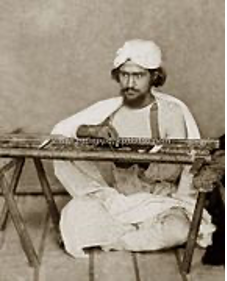

Figure 2: Two zardozi at work in Delhi, 1863. Source: The people of India, Vol IV, ASI collection; Wikimedia commons
The revival and growth of Zardozi after independence have been phenomenal. Today, it has found its way into designer clothes, interior and home décor, as well as grand weddings. Traditionally, only pure silver and gold leaves were used. However, today the artists use a combination of copper or silk thread along with a silver or golden polish.
Procedure
The zardozi embroidery is a timeless yet tedious work done by craftsmen. The required design is traced on a fabric. Usually, silk, organza, velvet, or satin is used for this process. The entire design is poked with a needle and then outlined. It is followed by fixing the fabric on the adda so that the fabric does not move. This requires the artists to keep the tools, needles, curved hooks, wires, threads, sequins, gems, beads at hand’s reach.
The zari for zardozi is made by flattening the gold and silver into wires called ‘badla’. It is then wrapped around silk threads. The resulting gold thread is also called sunehri, while the silver thread is called rupehri.
Themes.
The motifs are majorly based on nature, such as leaves, flowers, fruits, animals, and birds. One of the most common motifs is the mango, or kairi. Also common are geometrical patterns, jalis, paisleys inspired from the Persian designs.

The Lucknow Zardozi received the Geographical Indication tag from the Government of India in 2013.
~ Written by Misha Jaiswal
You can also attend the first ever Zardozi workshop hosted by MeMeraki.













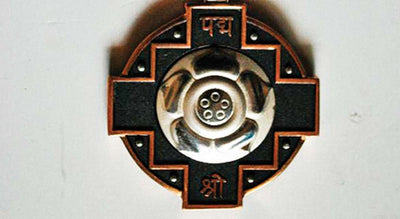

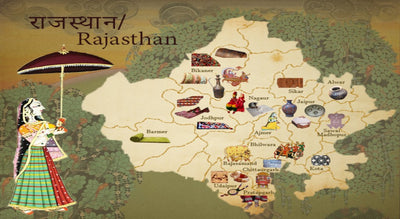
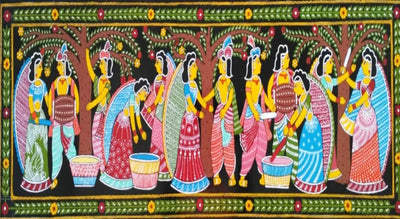
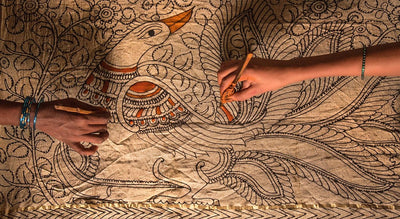





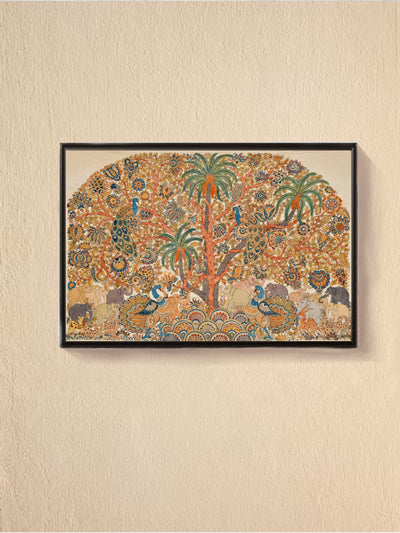







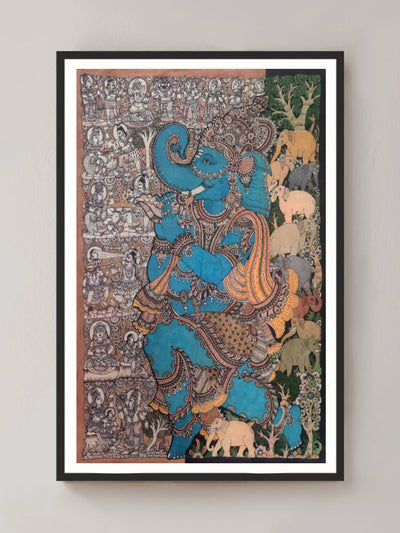








0 comments